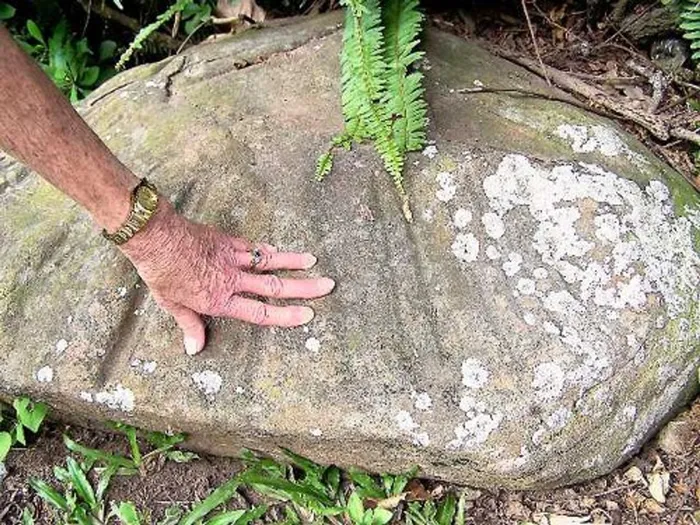Unlocking castle's past

A thin strip of tar dotted with vervet monkeys cuts through the indigenous forest that sweeps up to the stone steps of the once-grand entrance of Coedmore Castle in the Kenneth Stainbank Nature Reserve in Yellowwood Park.
Not many people are aware that this 19th-century manor has been a silent witness to fascinating historical events .
It was here that more than 2 000 Indian residents sought refuge during 1949 riots.
It was here that Dering Stainbank, who arrived from England on the ship Lady of the Lake, put down roots and started his family of seven children in 1885, and it was here - at the historic Ndabankulu (important discussions) in 1820 - that King Shaka's military battalion held fort.
Rocks pulled from the stream at the entrance to the reserve bear marks suggesting they were once used to sharpen the assegais of Shaka's men on their way to cattle raids.
It's hard to believe this castle and its 560 hectares of natural forest have been preserved, untouched by development, for more than 100 years.
As coastal forest gave way to houses in the 1950s, the founder's son, Kenneth Stainbank, pledged to preserve the farm for future generations.
Today, Dering's grand-daughter, Elizabeth Keith, who was born in the castle and spent many days working in the old dairy, is battling with the R10 000-a-month upkeep of the building.
Leaks
Apart from the constant cleaning and dusting by staff who live with their families on the property, tiles need replacing and the roof is leaking.
"For at least the past five years, we have been trying to get help with renovating the house.
"The main problem is the leaking roof. We try to keep the leaks patched, but we really need a new roof," Keith said.
"We hire the place out for weddings and corporate functions and we ran a tea garden and guided tours to raise funds but it just became too much."
In his will, Kenneth Stainbank bequeathed the building to the state to be used for educational purposes, while the contents - antique furniture, artefacts and books dating back to 1850, and several sculptures by the renowned Mary Stainbank - were to remain in the family.
Stainbank also gave most of the 529ha of farmland to the state, which is now run by Ezemvelo KZN Wildlife as a campsite and nature reserve.
"We wrote to the premier's office, Museum Services and Ezemvelo KZN Wildlife.
"The premier was very interested in the place and he brought King Goodwill Zwelithini here.
"They both said there was a lot of history and we must keep it. King Goodwill mentioned that his father, Cyprian, had been the one to stop the riots in 1949, which had led to Indian people seeking refuge at Coedmore.
"At the premier's speech on reconciliation day, Coedmore was mentioned as a place that could be used for dialogue and reconciliation."
In 2005, Premier S'bu Ndebele announced in the legislature that he planned to build a multimedia centre at Coedmore Castle, and another at eMakhosini-Ophathe Heritage Park in Zululand. This would ensure the history of the property was preserved.
Amafa chairman Arthur Konigkramer said he had approached Keith to discuss the preservation of the property, which he said was "absolutely unique" from a multicultural heritage and conservation perspective.
Help
He then took the premier and his top officials to view the property. At the time, the estimated cost for immediate repairs was R2 million, although Konigkramer said it was not officially the state's responsibility until ownership had been transferred.
Ndebele said, however, that he believed the province would be able to assist Keith with maintenance of the house in the new financial year, from April 1, because it was not fair to expect the family to invest in a property that would be donated to the state.
Ndebele said when Coedmore Castle was first brought to his attention, he had not believed it possible for there to be a 560ha farm in Durban.
He said this week that the plans to build the R150m multi-media heritage and tourism centre were in the pipeline.
"We are going to establish a multimedia centre that is going to tell the story of the Zulu and other people from KZN - with one at the Stainbank farm and the other R30m centre at eMakhosini valley, which is nearly complete.
"But the showpiece is going to be this one in the middle of the city on open land with historical significance," Ndebele said.
"It is really going to be a centre that will celebrate our reconciliation and unity as a people, where you can also come and see wildlife.
"With tourism and heritage, you have to invest to get returns. It's an investment that needs to be built over three years.
"A project like this must be carefully planned in phases so we do not disturb the natural environment."